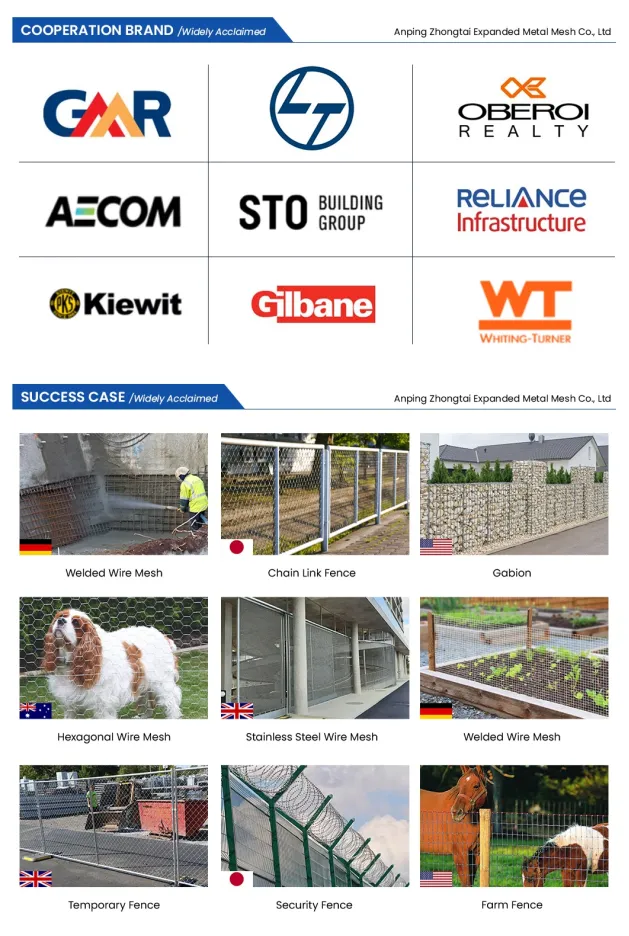Understanding Acoustical Noise Barriers Their Importance and Effectiveness
In today's increasingly urbanized world, noise pollution has become a critical environmental issue that affects the quality of life for many individuals. Among the various strategies designed to mitigate this problem, acoustical noise barriers have emerged as an effective solution. These barriers are structures specifically engineered to reduce, block, or deflect sound waves, helping to create a quieter environment for those living or working near sources of noise such as highways, railways, and industrial facilities.
What Are Acoustical Noise Barriers?
Acoustical noise barriers are typically constructed from solid materials like concrete, brick, or specially-designed composite materials. They can vary in height, length, and thickness, depending on the surrounding environment and the level of noise that needs to be mitigated. A fundamental principle behind these barriers is the concept of sound attenuation, where sound waves lose energy as they encounter obstacles, thereby reducing their intensity and impact on nearby areas.
These barriers can be vertical or can take the form of earth mounds called berms, which are effective due to their mass and surface area. In urban settings, the aesthetic aspect of noise barriers is equally important. Many modern designs incorporate green walls or are painted with engaging colors, making them less of an eyesore while contributing to urban beautification.
How Do They Work?
The effectiveness of acoustical noise barriers largely depends on their height, density, and placement. For a noise barrier to be effective, it must be tall enough to block the direct line of sight between the noise source and the receiver. This is often referred to as the line of sight rule. Additionally, the denser and more massive the material, the better it can absorb sound.
ac noise barrier

When sound waves encounter a barrier, several processes occur reflection, absorption, and diffraction. A significant portion of the sound is reflected back towards its source, while some energy is absorbed by the material of the barrier. Diffraction occurs when sound waves bend around the edges of the barrier, which can limit their effectiveness. Therefore, selecting the right design and material for the specific type of noise is crucial.
Importance of Noise Barriers
The importance of noise barriers cannot be overstated. They play a vital role in protecting public health, as excessive noise pollution has been linked to various adverse health effects, including stress, anxiety, sleep disturbances, and even cardiovascular problems. By reducing overall noise levels in residential areas, these barriers contribute to a more peaceful environment and improve residents' overall quality of life.
Beyond residential benefits, noise barriers also assist in maintaining the serenity of natural habitats by reducing human-made noises that can disrupt wildlife. This is particularly important in areas near parks or nature reserves, where maintaining the natural soundscape is crucial for both wildlife and visitors.
Challenges and Considerations
While acoustical noise barriers are effective, they are not a one-size-fits-all solution. In many cases, the construction of these barriers can be met with opposition due to concerns over aesthetic impacts on the landscape, potential environmental effects, and the cost of installation and maintenance. Additionally, the effectiveness of noise barriers diminishes over distance, meaning they are typically most beneficial for properties and communities directly adjacent to significant noise sources.
In conclusion, acoustical noise barriers serve as a crucial tool in the fight against noise pollution. With appropriate design, placement, and materials, these barriers can significantly enhance urban living conditions and promote better health outcomes for communities. As urbanization continues to expand, investing in effective noise mitigation strategies will be essential to ensure the well-being of residents and the preservation of natural habitats. Future advancements in noise barrier technologies will likely lead to even more innovative and effective solutions, creating quieter, more harmonious living environments for all.
-
Why Galvanized Trench Cover Steel Grating Resists Corrosion
NewsJul.10,2025
-
The Versatility and Strength of Stainless Expanded Metal Mesh
NewsJul.10,2025
-
Load Calculations in Steel Grating Platforms
NewsJul.10,2025
-
Keeping Pets and Kids Safe with Chicken Wire Deck Railing
NewsJul.10,2025
-
Hole Diameter and Pitch for Round Perforated Metal Sheets
NewsJul.10,2025
-
Aluminium Diamond Mesh in Modern Architecture
NewsJul.10,2025
Subscribe now!
Stay up to date with the latest on Fry Steeland industry news.

